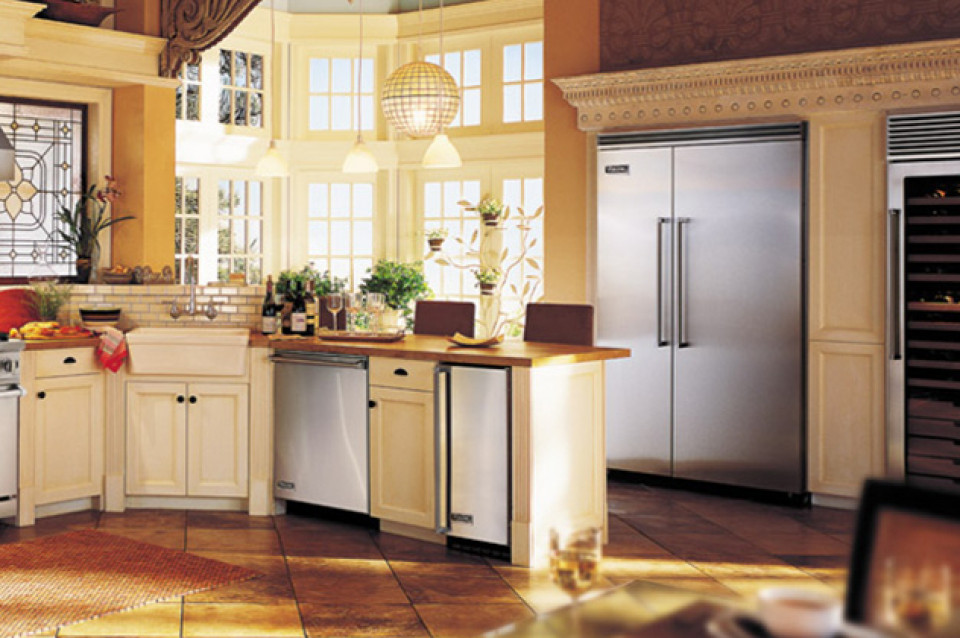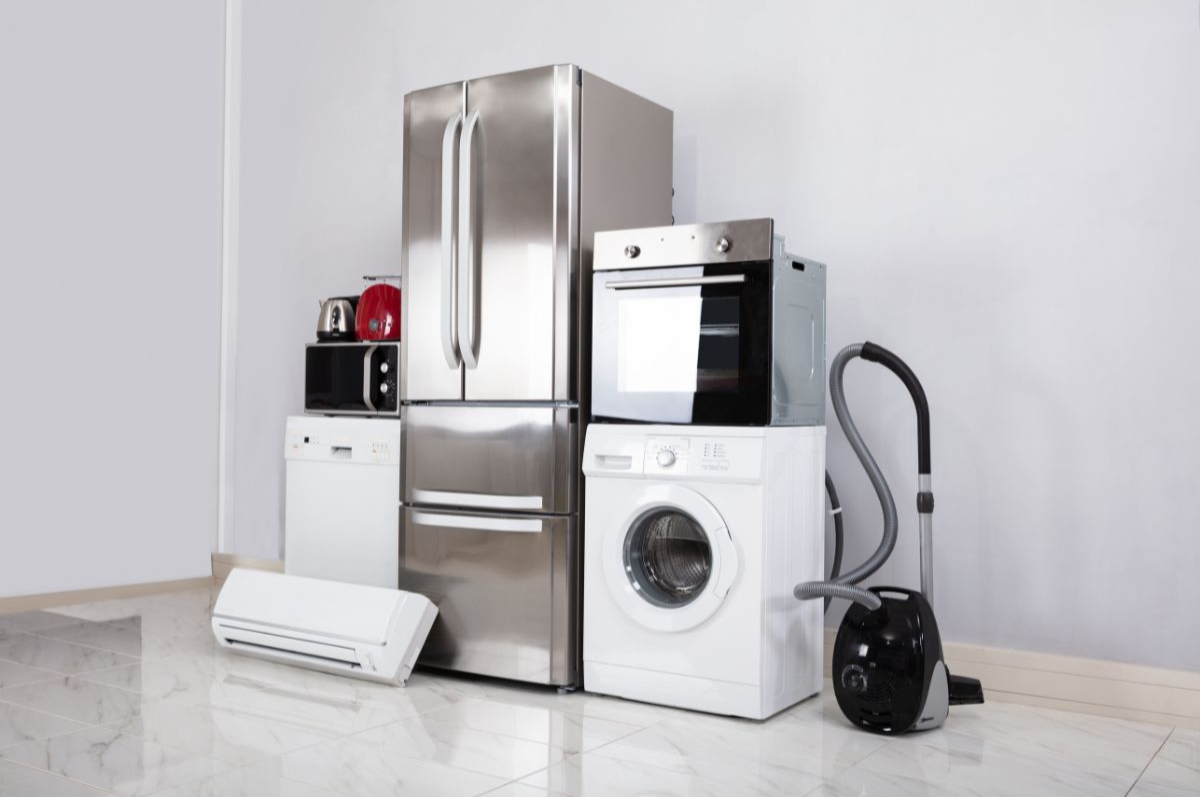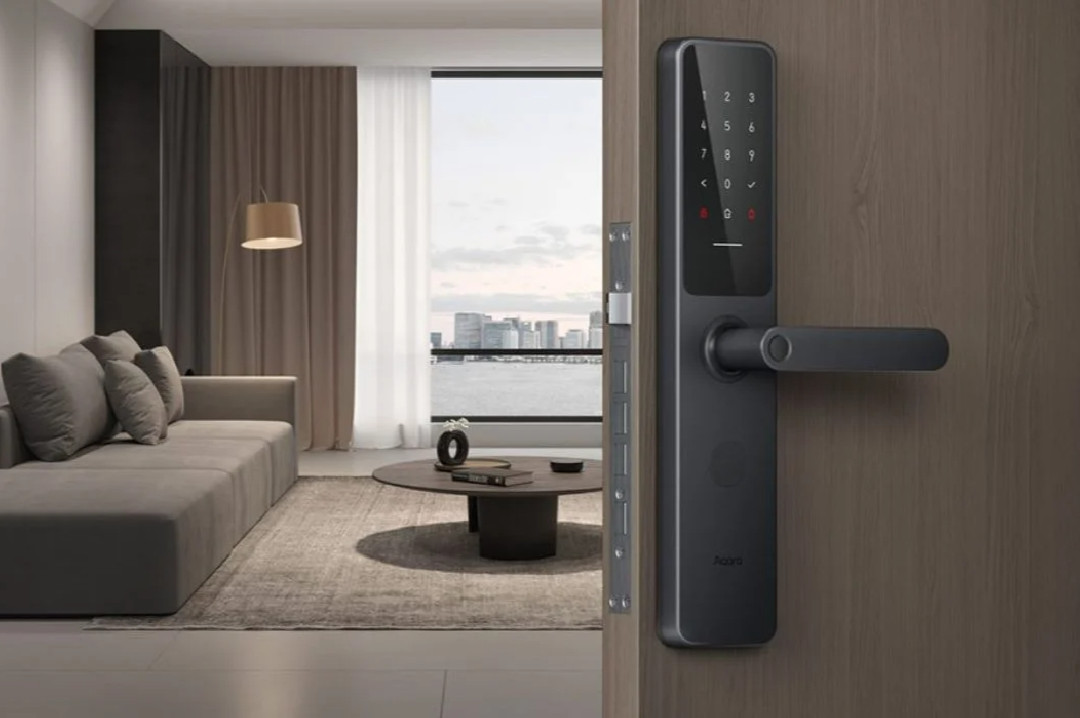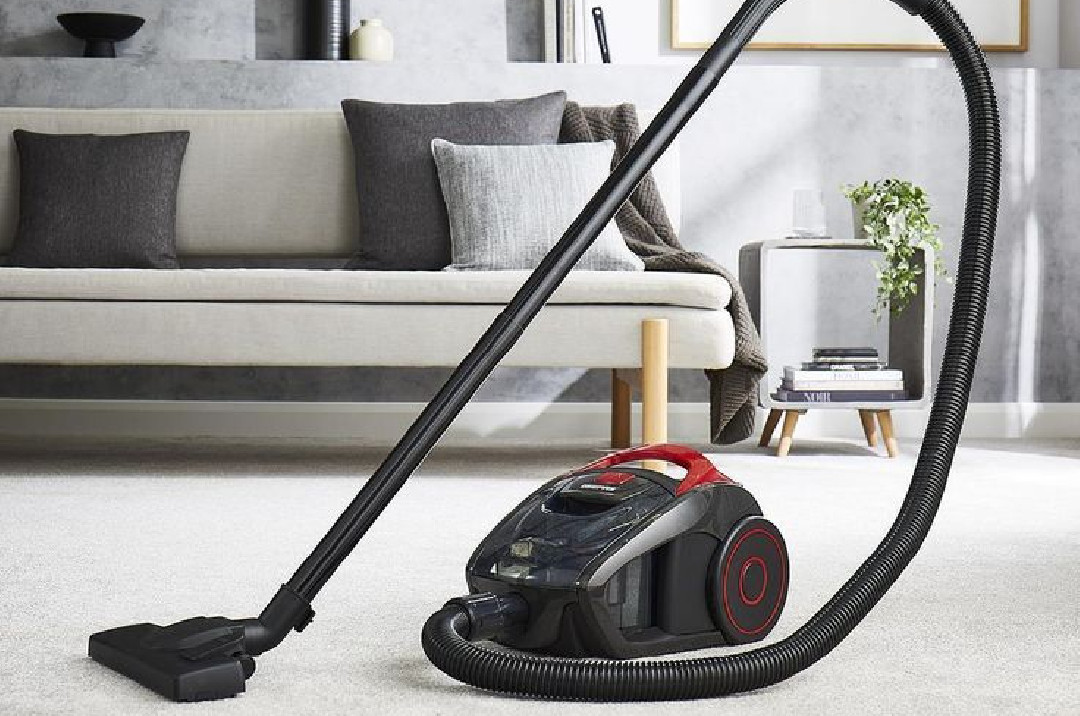Are There Any Safety Concerns I Should Be Aware Of When Using An Electric Gate?

photo source : fwfence.com
When it comes to ensuring the security and modernization of your property, electric gates have become increasingly popular. These automated gates offer a range of benefits, including enhanced access control and added curb appeal. However, as with any technological advancement, it's essential to be aware of potential safety concerns to ensure the well-being of both users and visitors.
If you're considering installing an electric gate or already have one, it's important to familiarize yourself with the potential risks and safety precautions associated with its usage. In this article, we will explore the safety concerns related to electric gates, providing valuable insights and tips to help you make informed decisions regarding your gate's installation and usage. All the information you need is right here on F&W Fence Co. Inc.
Risks Associated With Electric Gates
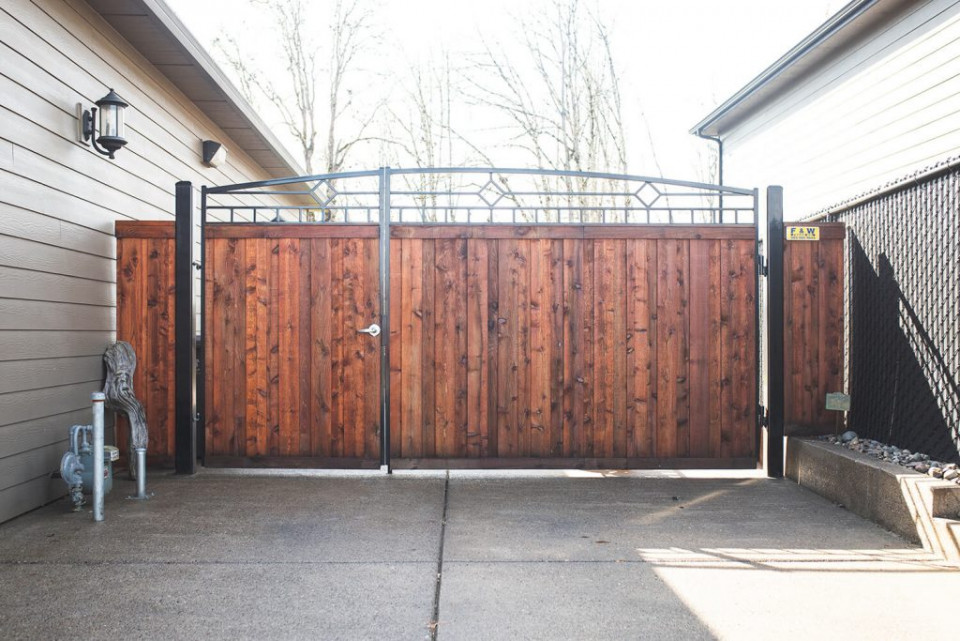
photo source : fwfence.com
Electric gates are generally safe when installed correctly and maintained properly. However, there are some risks associated with their use, including:
- Crushing - Electric gates can cause injury or even death if they close on someone or something. This is particularly true for sliding gates that move along a track, which can be difficult to see and can trap people or objects.
- Entanglement - People or pets can become caught in the moving parts of electric gates, such as chains, wheels, or hinges, causing injury.
- Electric shock - Faulty wiring or electrical components can cause an electric shock if someone touches the gate while it's operating.
Safety Standards And Regulations

photo source : fwfence.com
To mitigate these risks, there are several safety standards and regulations that electric gate manufacturers and installers must follow. For example:
- European Norms - The European Norms (EN) provide a set of standards for the safety of automated gates, which are widely accepted across Europe. These standards cover various aspects of the gate's design, installation, and maintenance, including safety features, force limitation, and warning signs.
- Machinery Directive - The Machinery Directive is a European Union (EU) regulation that sets out requirements for the safety of machinery, including electric gates. It covers various safety aspects, such as the design and manufacture of the gate, the installation process, and the instructions for use.
- British Standard - The British Standard (BS) provides guidelines for the installation and maintenance of electric gates in the UK. These guidelines cover various safety features, such as safety edges, photocells, and warning signs, as well as the installation process and ongoing maintenance.
Safety Features Of Electric Gates

photo source : fwfence.com
Electric gates are equipped with several safety features that help to mitigate the risks associated with their use. These include:
- Safety edges - These are sensors that detect any obstruction in the gate's path and cause it to stop or reverse direction. They are usually installed on the leading edge of the gate and can be made from various materials, such as rubber, foam, or metal.
- Photo cells - These are sensors that detect any movement or presence in the gate's path and cause it to stop or reverse direction. They are usually installed on both sides of the gate and can detect any movement up to a certain distance.
- Warning signs - These are signs that warn people of the gate's movement and potential danger. They are usually placed near the gate and can include symbols, text, or both.
- Force limitation - This is a feature that limits the force that the gate can exert on an obstruction, reducing the risk of injury or damage. It is usually set at a maximum force of 150 N, as per European Norms.
Maintenance and Inspection
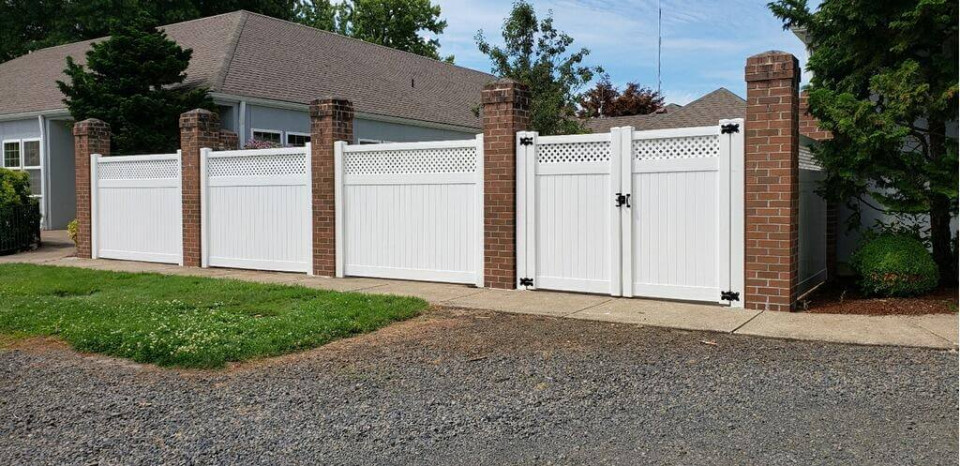
photo source : fwfence.com
To ensure the safety of electric gates, it is essential to maintain and inspect them regularly. This involves:
- Checking the safety features - The safety edges, photocells, warning signs, and force limitations should be checked regularly to ensure they are working correctly. Any faults should be repaired promptly.
- Lubricating moving parts - The hinges, wheels, and other moving parts of the gate should be lubricated regularly to prevent friction and wear.
- Cleaning - The gate should be cleaned regularly to remove any dirt or debris that could interfere with the safety features.
- Inspecting the wiring - The wiring and electrical components of the gate should be inspected regularly to ensure they are in good condition and not damaged. Any faults or signs of wear should be repaired promptly by a qualified electrician.
User Behavior

photo source : fwfence.com
Another important factor in ensuring the safety of electric gates is user behavior. Users should be aware of the potential risks and follow these guidelines:
- Keep clear - Never stand or walk underneath a moving electric gate, as it can cause injury or death if it closes on you.
- Don't force the gate - If the gate encounters an obstruction, don't try to force it open or closed. This can damage the gate or cause injury.
- Keep children and pets away - Children and pets should be kept away from electric gates to prevent them from getting caught in the moving parts.
- Follow instructions - Users should follow the instructions provided by the gate manufacturer and installer, including any warnings or guidelines for safe use.
Electric gates offer a range of benefits, but they also come with potential safety concerns. It's essential to take the precautions discussed above seriously to prevent injury or damage and ensure the safe operation of your electric gate.

